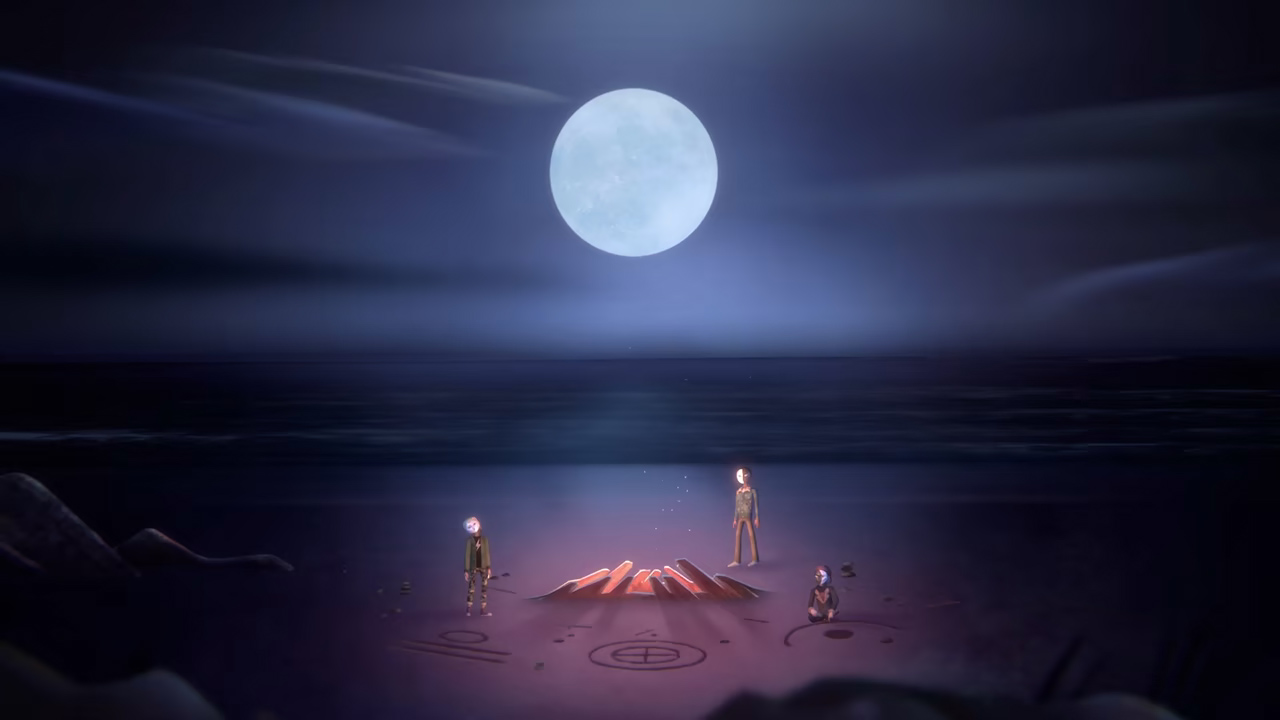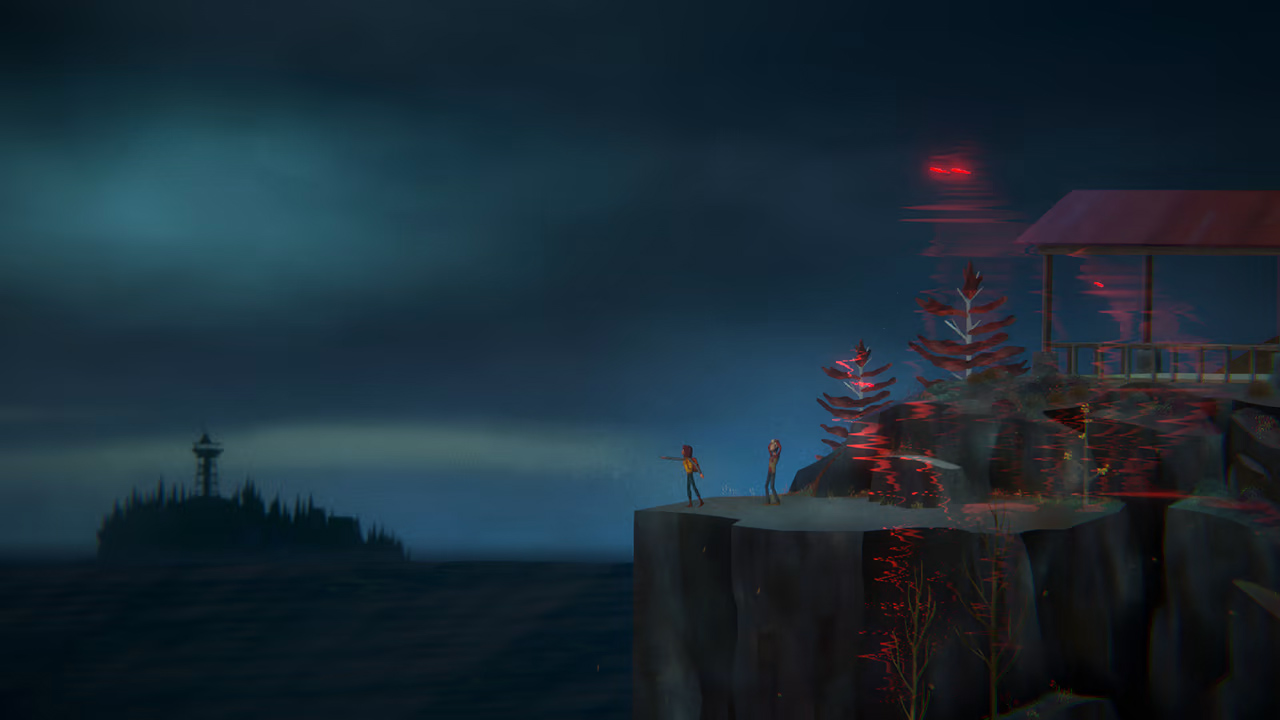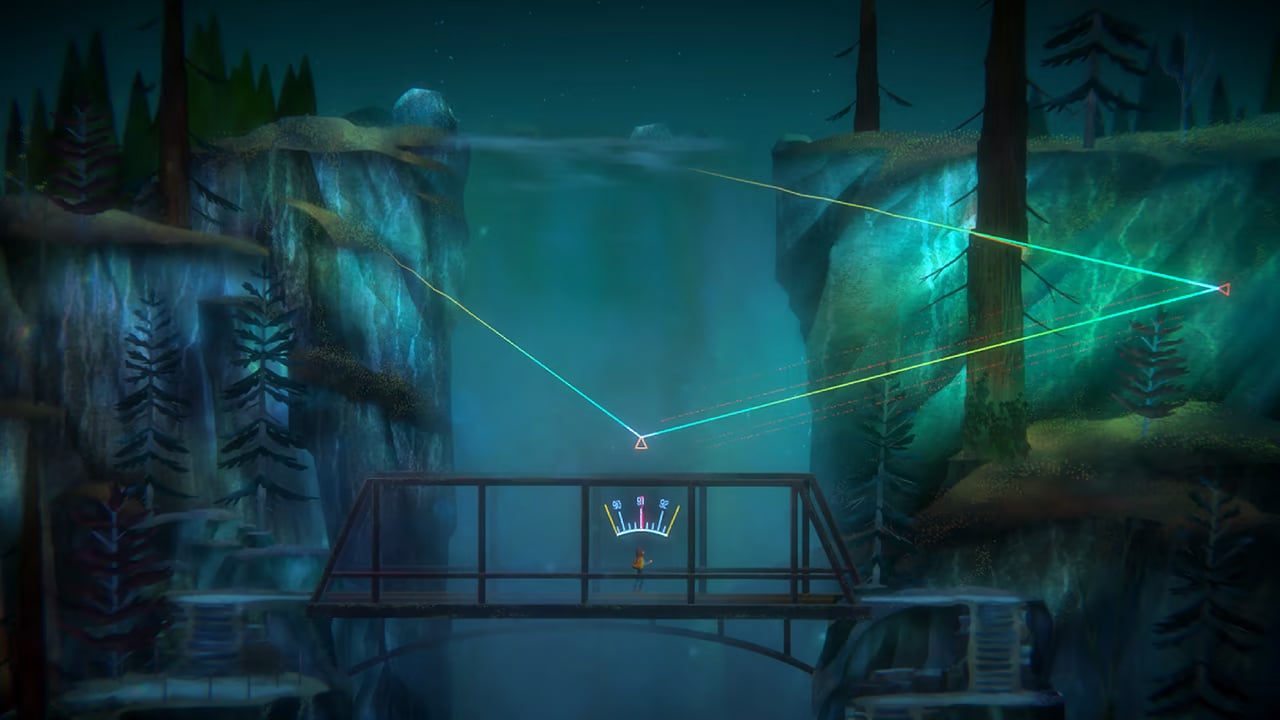Oxenfree was one of my favorite games to come out of the last decade. It is a perfectly spooky romp around an island in the Pacific Northwest, filled with relatable characters and was the beginning of Night School Studio’s signature realistic-conversation-driven gameplay. I’ve spent the years since discovering Oxenfree enthralled by its world and characters, and I was ecstatic about the announcement that Night School was working on a sequel, Oxenfree II: Lost Signals. We were recently able to sit down for a hands-off preview of Oxenfree II, and it’s shaping up to give us everything I loved about the first game and more.

Oxenfree II: Lost Signals takes place in the town of Camena, not far from the first game’s Edwards Island, and follows Riley Poverly. Riley is an environmental researcher who has returned to her hometown of Camena to investigate what seem to be paranormal happenings involving mysterious radio signals. Her investigation leads her to a group called Parentage, who are hell-bent on opening a portal, similar to the one Alex and friends accidentally opened in the first game, in order to pull something out.
Joining Riley on this adventure is Jacob, an old acquaintance from highschool, who seems much more timid than Riley. Riley and Jacob are decidedly older than the cast of the first game, so the teenage drama of a group of friends camping out on an island is gone, but the characters here are not without conflict or opportunities for growth. Another, more inanimate, companion this time around is Riley’s walkie-talkie, a new mechanic that will allow RIley not only to contact other characters from a distance but will also allow for random calls from strangers and other characters to come through. This new walkie-talkie mechanic is at the heart of Oxenfree II, allowing you to choose if you want to answer a random call coming in, or just to let it go. Answering a call from a stranger can unlock new questlines or mysteries to solve, while letting it go unanswered can have other consequences.

Realistic conversational dialogue options are back in full force here too, and even kicked up a notch, letting you fill in the blanks on Riley’s backstory with other characters. From our preview, it seems Jacob and Riley knew each other in high school, but based on Riley’s available reactions, the player gets to influence exactly how well they knew each other. There are other ways to influence the game with your choices as well, as Oxenfree II contains choices for how Riley and Jacob will interact with the landscape, with shorter options tending to be a more difficult path for the pair to traverse, and longer options sometimes being easier to navigate. Either choice can sometimes backfire, with unintended consequences lurking just out of sight leading to whole new situations from seemingly small choices.
Also returning from the first game is the trusty radio which, Riley was shown using to tear open a hole in time and space by tuning to the right frequency. Riley and Jacob can head through these holes into another time period, and can find new ways around obstacles and witness past events happening that might lead to clues for their investigation. These “time-tears” seem to be a big part of the game, and I’m excited to see where they lead when the full game drops next year.

Oxenfree II: Lost Signals is shaping up to be just as chilling and thrilling as the first, and I can’t wait to explore the wider world of Oxenfree and see what’s changed in the last five years. Keep an eye out for Oxenfree II: Lost Signals when it launches on Nintendo Switch in 2022.


